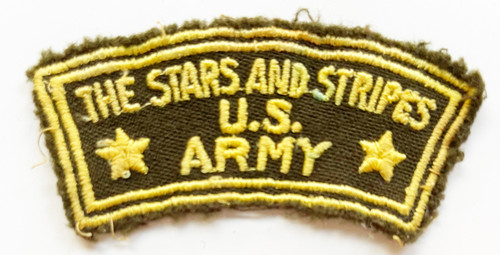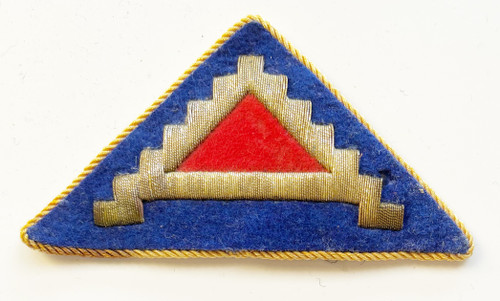5.3 by 6.2 inches
Though not yet a state, the Alaska Territory served as both America’s home front and front line during World War II. While the Aleutian Islands became a battleground, war-weary soldiers took refuge in the breathtaking landscape beneath America’s tallest mountain.
After the December 7, 1941 Japanese attack on Pearl Harbor, the U.S. War Department’s Western Defense Command declared the Alaska Territory off-limits to tourist travel. Alaska’s location was strategically important now and its defenses were vulnerable. All travel to and from the territory was placed under military control for the duration of the war. For Mt. McKinley National Park, now known as Denali National Park, this meant a drop in visitors from 1,688 in 1941 to virtually nothing. With war rations keeping even Alaska residents at home, less than forty recorded non-military visitors entered the park between 1942 and 1945.
The military, meanwhile, recognized that the park could provide two major ways to aid the country’s overall war effort. First, Denali’s mountainous terrain and dangerously cold weather was an ideal site to test equipment for winter use. Second, at Denali and other national parks across the nation, military officials met with National Park Service leaders to repurpose vacant concession and park leisure facilities with rest and recuperation camps for furloughed warfighters.
Denali National Park’s Mount McKinley Hotel was high on their list. On-the-ground activity began in late December 1942, when Capt. George Hall of the Army’s Special Services Division arrived in the park “to study the situation and to formulate plans.” He stated that between 150 and 200 men would “be in constant attendance” and would be at the park on seven-day furloughs. Initial predictions called for the first men to arrive in February. Inevitable delays ensued, however; the 30-man opening crew did not arrive until March 27, and the Mount McKinley U.S. Army Recreation Camp did not officially open until April 10.
Thirty-three staff officers from Fort Richardson, along with Alaska’s Governor Gruening, attended an opening dinner that night, after which Acting Superintendent Grant Pearson read a welcoming speech from NPS Director Drury. Rangers showed motion pictures of the park’s wildlife. The following day the officers toured the park headquarters. Pearson later wrote that the military brass were “well pleased with the park in general and thought it an ideal place for the boys to spend their vacations after duty in the Aleutians and other Alaskan outposts.”











